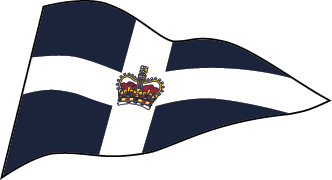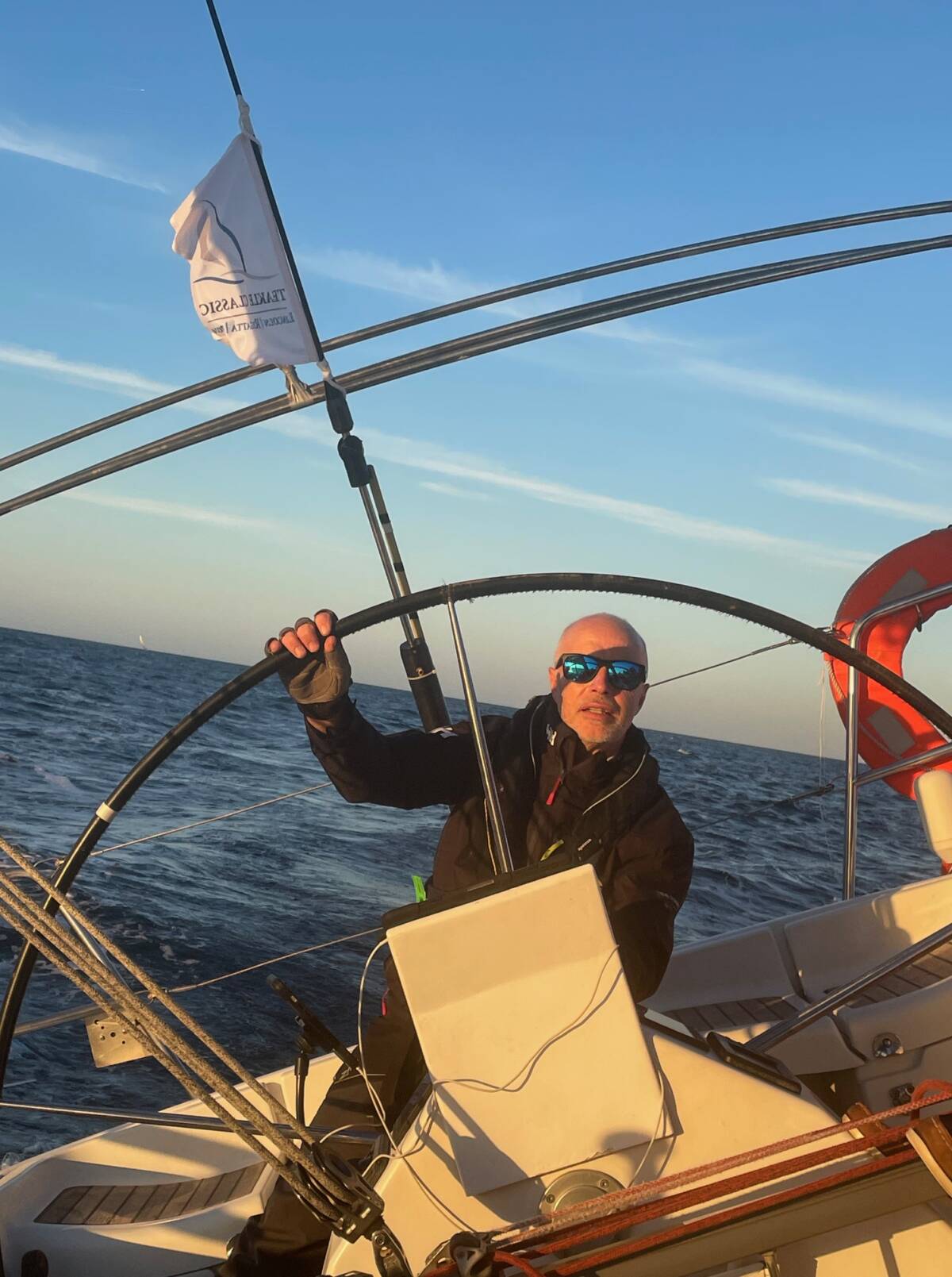In 1986 as a recently arrived backpacker from England I managed to get a berth on a very interesting boat – a home built 38-foot Harrison Butler wishbone ketch. Back then safety didn’t seem that important, I think we had some lifejackets on board, may be a few flares, a radio that sometimes worked and that was about it.
We were cruising from Brisbane up through the Whitsunday Islands in company with another similar sized boat. Everything was going to plan when we anchored close to each other one evening halfway up the inside of Fraser Island. Maybe weather forecasts weren’t that reliable then or we just didn’t bother as we assumed we were well protected on the safe side of the island. What could possible go wrong?
Part way through the night I could sense the wind picking up and feel the boat yawing around, then a bang. We had dragged anchor, tangled with the other boat and our hulls were now banging against each other. One of the boats was steel and the other was concrete, guess which one I was on?
Without much thought we rushed on deck started our engine and were fighting to separate the two boats. I think we grabbed our lifejackets, but we had no tethers as I don’t think we had jackstays. Eventually we separated but conditions continued to deteriorate to what became a mini cyclone that went on to wipe out Mooloolaba’s floating marina. There was nothing we could do to avoid being pushed south, running out of sea room fast with the likely prospect of a battle between a lee shore and a concrete boat. Luckily after about 6 hours we managed to get the pick to hold and count our blessings!
Fast forward to today: with the knowledge I now have and the safety equipment available I would NEVER have put myself in the above situation. But now that most boats have all the safety gear and audit ticked boxes to prove it, this is only half the picture and can lead to a false sense of security.
Unless your crew understand the gear and associated procedures for its use – as directed by the skipper, any emergency will unlikely be handled well. At the start of every season we conduct a safety training half day including MOB recovery plus other emergency scenarios. It is often surprising what comes out of these drills with the most valuable part being the crew debrief and discussion after.
So, having dealt with regular crew training appropriately what about that casual guest who has not sailed before? We have a simple printed standard induction run sheet that takes 15 minutes to go through which also includes the person acknowledging associated risks (not legally binding but suitably reinforces the serious aspect of our sport).
Finally, unless your crew is very experienced, as wind increases it can be tempting to push the boat harder rather than reef early . Often this is where things go wrong, and it is usually not one but a sequence of events that lead to a regrettable and avoidable incident. Reefing is good to practice and often a reefed boat will outperform one that is over canvassed.
Please contact me if you would like further info on the safety systems and procedures used on our boat
Wishing you all safe, enjoyable sailing for our upcoming new season
Neil Sargeant
General Committee

